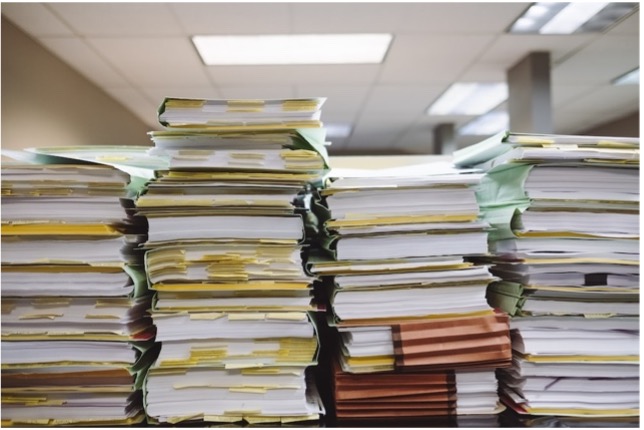The Art of Crafting Music Cue Sheets
Introduction
In the intricate world of television post-production, one crucial document stands as a bridge between the creative use of music and the legal obligations that surround it—the music cue sheet. In this blog post, we will delve into the art of crafting music cue sheets, exploring their importance, components, and the meticulous process involved. Join us as we demystify this essential paperwork and shed light on its significance in the television industry.

Understanding Music Cue Sheets
A music cue sheet is a detailed document that identifies and catalogues all music used in a television production. It serves as a comprehensive record of every musical element, ensuring compliance with licensing agreements, royalty payments, and copyright regulations. Properly crafted cue sheets are essential for protecting the rights of composers, artists, and music publishers, while also facilitating accurate reporting and distribution of royalties.
Identifying The Need
Through personal experience and thorough research we discovered a significant gap in the industry. Many production companies, studios, and independent producers struggled with managing post-production paperwork efficiently due to lack of resources often leading to delays, errors, and added stress. This realisation fuelled our determination to provide a comprehensive solution tailored to clients unique requirements.
Components of a Music Cue Sheet
Crafting a thorough and accurate music cue sheet involves several key components:
a. Production Information:
Begin by providing crucial details about the production, such as the program's title, episode number, air date, and production company.
b. Scene Information:
Each instance where music is used should be listed, including the scene description, duration, and relevant timings. This allows for precise identification of music cues during the post-production process.
c. Musical Work Information:
Record comprehensive details about each musical work, such as the song title, composer, lyricist, publisher, performing artist, and copyright information. This information ensures proper licensing and royalty distribution.
d. Usage Information:
Indicate how the music is used in each scene, whether it's background score, source music, theme song, or any other specific designation. This classification helps rights holders and performance rights organisations accurately account for usage.
e. Rights and Licensing Information:
Include information regarding the rights secured, licensing agreements, synchronisation rights, master rights, and any relevant contractual details. This information ensures
compliance with legal obligations and facilitates appropriate royalty payments.
Meticulous Documentation and Organisation
ACrafting an accurate music cue sheet requires meticulous attention to detail and organisation. Maintain a systematic approach by logging music cues during the post-production process, noting down relevant information promptly and precisely. Utilise specialised software or templates to ensure consistency and ease of updating.



